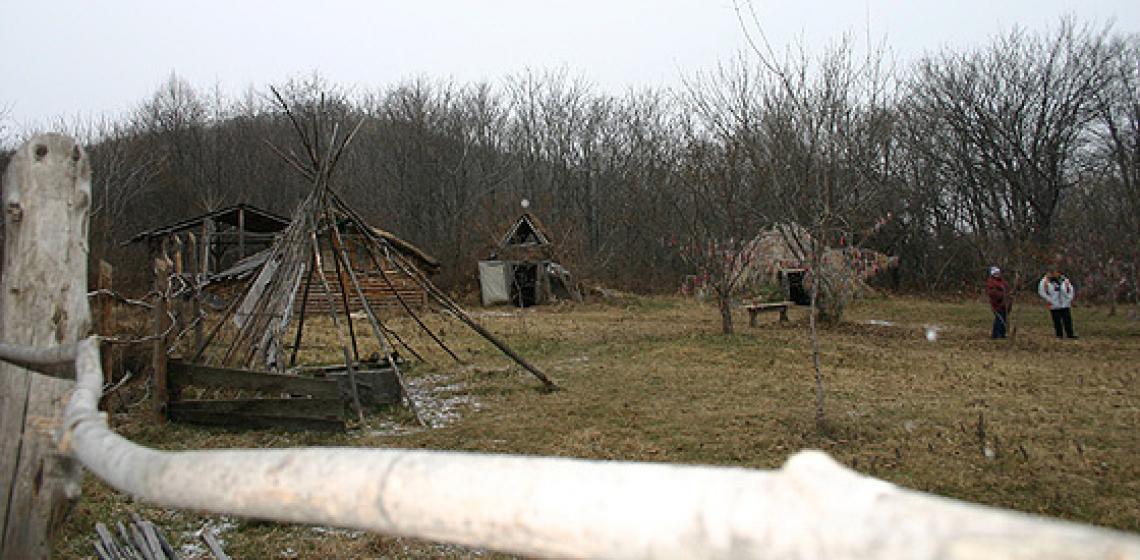
The Jurchen are known to have lived in this area in the 11th – 13th centuries, in those days united in a state called “Jin”. They lived in unfortified and fortified settlements, which were usually located on the banks of rivers. The Museum Paleoderevnya is situated near the village Ekaterinovka, on the grounds where in about 1905, a Jurchen settlement was discovered.
A more detailed survey took place in the 1960s by the Far East branch of the Russian Academy of Sciences. Based on material, the site is dated to the 13th century. The fort is built on the cupped slope of a hill and divided in two parts by a gully. There were probably 200 houses and 3,000 people at maximum. They were engaged in agriculture, animal husbandry, fishing, hunting and crafts.
Already a long time, Summer camp participants participate in the excavations and work along with historians and archaeologists. The camps were a cooperation of “Klio”, a public youth organisation named after the Greek muse of history, and a city museum. The chief of the archaeological camp had issued the project and received a grant from a competition between museum organisations. There was much support from sponsors. In 2005, workshops were organised here themed with reconstructing archaeological dwellings. The organisers were advised by the Far East branch of the Russian Academy of Sciences. The supervisor of the project and head of Klio, Vasiliy Anokhin, has experience of archaeological works since 1995.
At "Paleoderevnya", a few experiments are done every year, mainly on ceramics, metal and with reconstructed systems of heating. The main goal of the project is to transfer historical and archaeological knowledge to the population of region, involving them into scientific and research activity.
The (re)constructed houses are based on general historical and archaeological information. The (re)construction activities were meant to see what an interesting educational experience children would get. When this was successful, it was decided to build something more permanent, looking into houses and lifestyles of different eras: Neolithic, Iron Age and Middle Ages. In the process of construction children themselves were involved. The main function is education, exploring the past of ancient people, children learn to understand the world better and by learning ancient crafts, they get a practical set of knowledge and skills.
"Paleoderevnya" consists of 5 houses which look like how it could have been in the past here. There is even an experimental system for domestic heating made, a Kahn. It is a system of flue tiles, lined with stone and laid inside the house from the fire along the walls.
